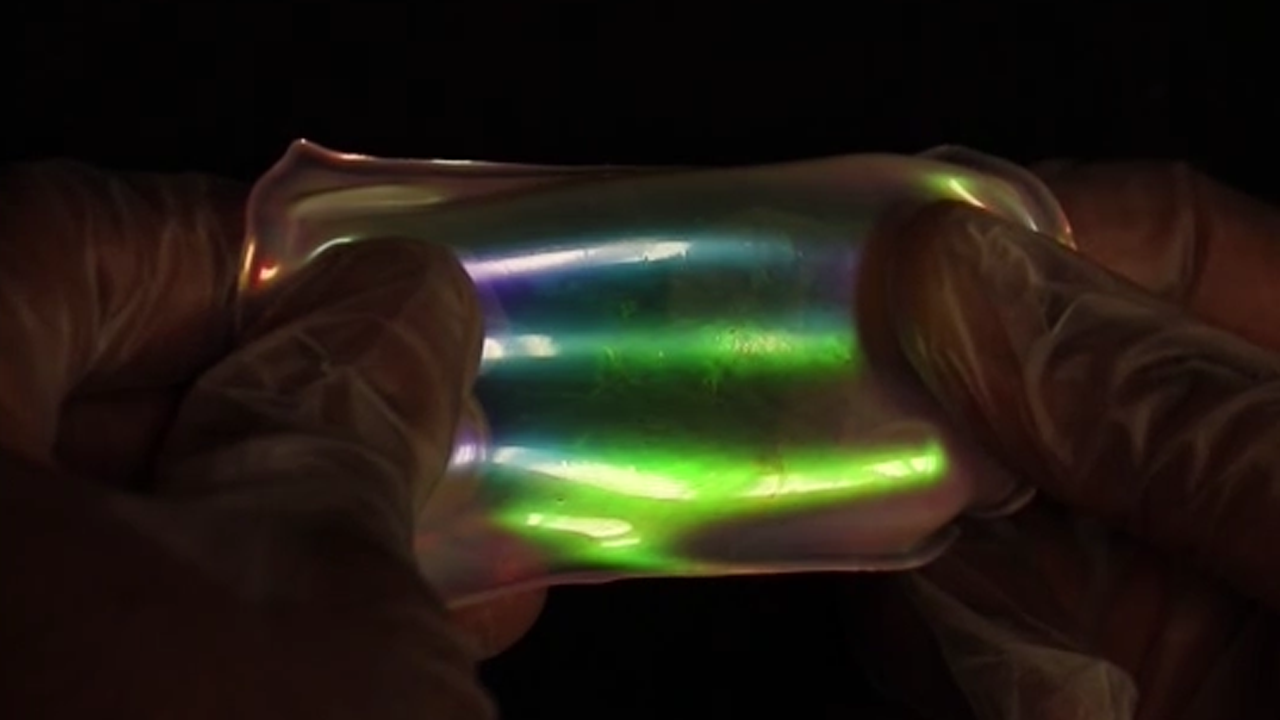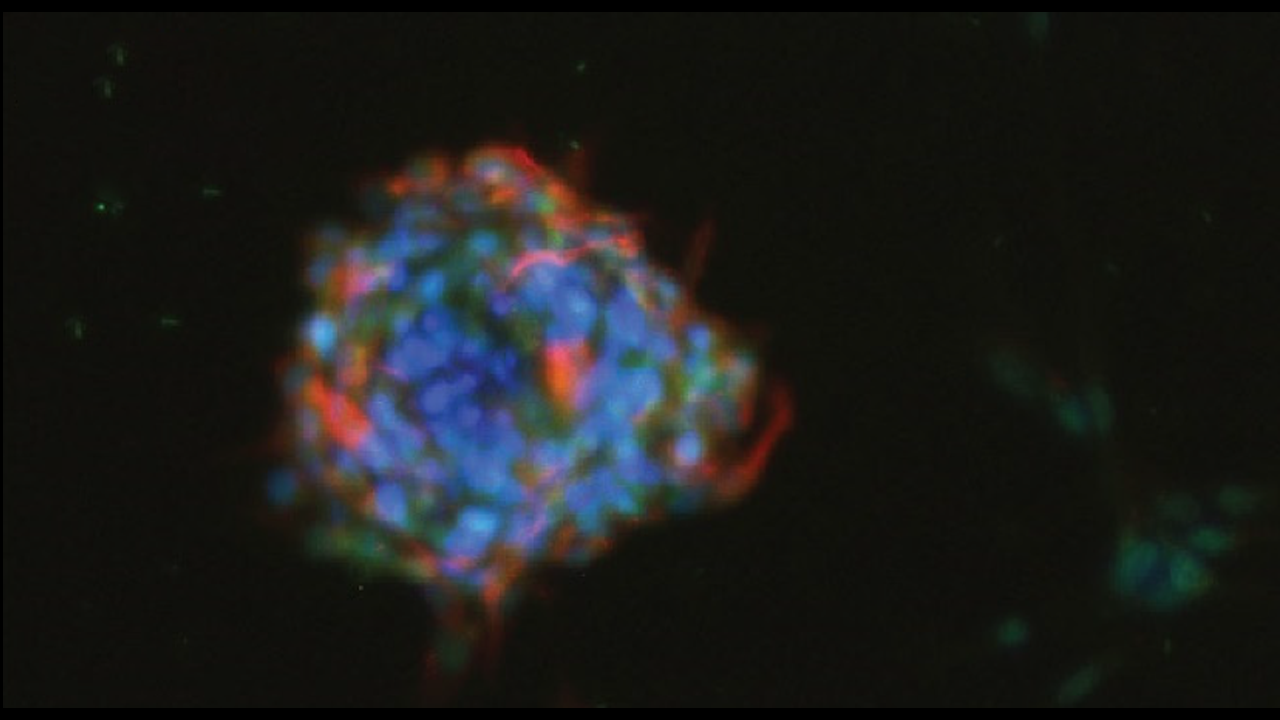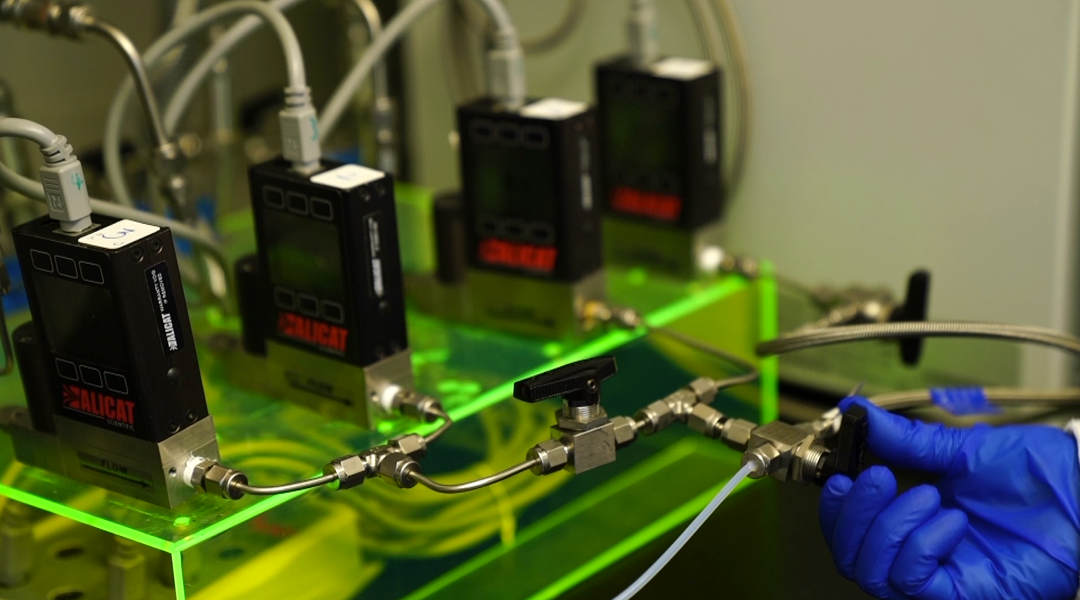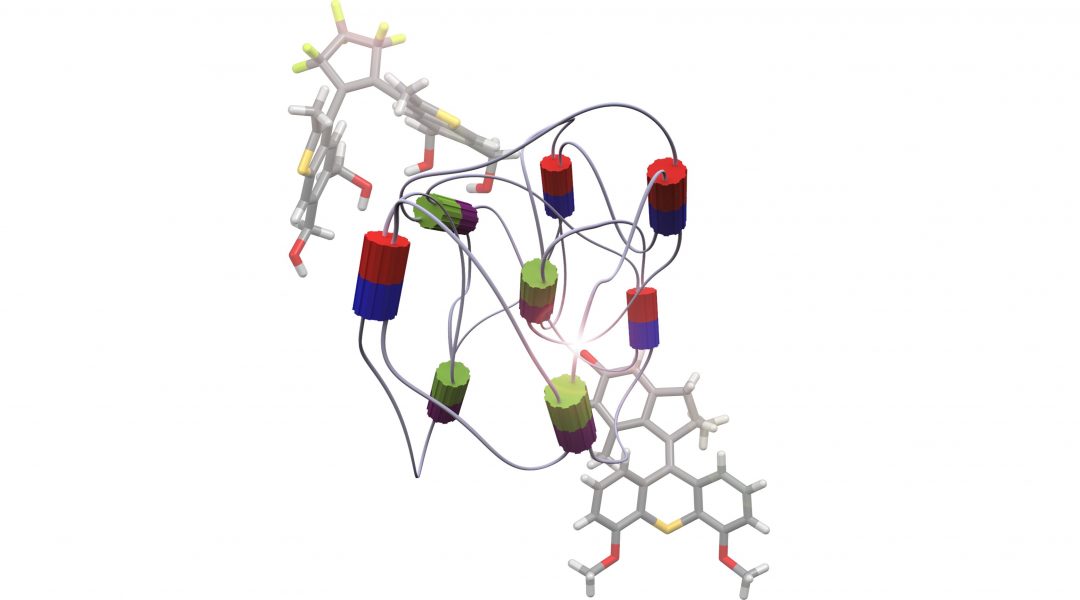A new tool can diagnose sepsis in less than fifteen minutes, even with a very low concentration of biomarkers.



A new tool can diagnose sepsis in less than fifteen minutes, even with a very low concentration of biomarkers.

A soft robotic actuator harnesses the elastic snap‐through and snap‐back instability of a rubber balloon to realize rapid, large deformations.

Researchers develop an easily scalable approach for fabricating cholesteric liquid-crystal elastomer films.

A platform with a unique hierarchical nanoridge-in-microridge structure supports the rapid growth of neural cells.

Kirigami transformations give rise to mechanical actuation of a soft robot upon light illumination.

Researchers fabricate a highly selective ZIF‐8 gas separation membrane.

A new catalyst optimization technique could improve the efficiency of piezophototronic materials.

New types of 2D and 3D stimuli‐responsive materials can be constructed by integrating molecular machines as part of their building blocks.
![An Artificial Cell-On-A-Chip [Video]](https://www.advancedsciencenews.com/wp-content/uploads/2019/12/bacteria-359956_1920.jpg)
An artificial cell, which uses a microfluidics-based approach to engineer a modular and programable artificial‐cell‐on‐chip.
![How to Bend Electronic Devices without Breaking Them [Video]](https://www.advancedsciencenews.com/wp-content/uploads/2019/12/Feature-image-2.png)
Electronics can be transformed into a variety of complex shapes using a thermal plasticization process.